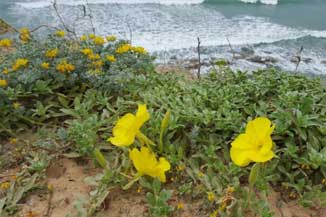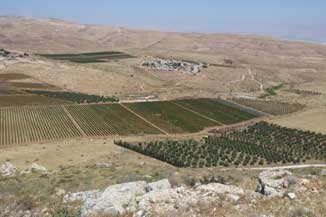Where is it most recommended to tour in Israel?
In Israel…
No, really. Don’t you have a more direct answer?
It goes like this: Israel is a tiny country but so diverse in what it has to offer. If you go to the Seychelles, it is probably because of the beautiful beaches; if you go to Kenya, it is probably for a safari; if you choose to visit Austria, it is probably to see the Alps and enjoy the culture and architecture of Vienna. But if you decide to come to Israel, there are so many interesting things to see, therefore you should think about what you want to do and ask the advice of an experienced Israeli tour guide.
If you want to see ancient ruins, Israel is full of archeological sites. In fact, anywhere one digs in Israel will probably yield something from the rich history of this land. In the ancient town of Megiddo, for example, there are 27 stratum – and Megiddo has not been inhabited for over 2,500 years. Sites from biblical times include Tel Hazor, Tel Sheva, Tel Shilo and dozens of other lesser known places. Sites from the time of the Mishna include Tsipori, Bet Shearim, Bet Govrin, and Massada. One can also visit the caves which sheltered Jews during the Bar Kochba rebellion in Horbat Medras. Southern Israel is home to the impressive ruins of the Nabatean Kingdom in Shivta and Memshit.
Caves where prehistoric man lived have been found on the Carmel Range, while Tel Arad and Bikat Timna portray the magnificence of the Bronze Age. Crusader forts are scattered throughout the country, and a whole Crusader town where today one can walk its streets has been found and excavated from the sand under in Akko (Acre).
The diamond in the crown, of course, is Jerusalem where every step will take us thousands of years back in history.
Those who wish to visit Jewish holy sites must devote time to the synagogues in the Old City of Tzfat, to prayers in the Maarat Hamachpela where our forefathers are buried in Hevron, and see the ruins of the site of the Holy Temple in Jerusalem. There are those who choose to visit the gravesites of ancient rabbis scattered throughout the Galil – Rabbi Shimon bar Yochai in Meron, Rabbi Yonatan ben Uziel, Honi Hameagel, the Rambam and Rabbi Meir are some of the possibilities.
Close proximity to our borders facilitates a glimpse to the geo-political occurrences and stories that fill the air on CNN: from the line of military positions in the Golan Heights, one can actually see the fighting in Syria; a tour of Judea and Samaria will shed light the Israeli-Palestinian conflict.
For those who love the outdoors, Israel is full of unique parks and nature reserves. The Galil abounds springs and pools such as Banias and the Snir that are full of water throughout the whole year; the Golan Heights will show us the results of volcanic activity in the Meshushim Pool, The Hexagon Pool, fed by a waterfall and created by slow cooling of layers of lava floes over a long period. When the lava solidified and cooled, it was split into polygonal shapes due to its contraction. The desert area in the south of Israel hides a special magic both in its tranquility and primeval views. The Dead Sea is certainly one of the wonders of the world being a salt lake and the lowest point on earth – 430 meters below sea level. On its beaches one can find flourishing oases such as Ein Gedi and Ein Bokek, the salt pillars in Sdom, and other geological features.
The Tel Aviv Museum, the Israel Museum, and the Bible Lands Museum can each fill a day for museum lovers, and sites of Israeli battle heritage are scattered all over the country, showing just a hint of the cost that Israel has had to pay for the return of the Jewish People to their historical homeland.
Those who prefer tourist attractions will find the sky is the limit; one can ride on camels or donkeys as in Biblical times, jump from a plane, rappel down mountains, and learn how to shoot and experience military training against terrorists from Israel’s experts as well.
If you would like to see the diversity of Israel’s culture, it is recommended to visit Jerusalem’s ultra-orthodox neighborhoods, Mea Shearim and Geula, and from there, just an hour away, to walk around modern Tel Aviv.
Since many of Israel’s residents eat only in kosher restaurants, you will find a unique kosher dining experience in Israel; eastern and western cuisine in the same street: Tunisian, Iraqi restaurants next to Italian and South American style eating places – all kosher!
The farmers in the Negev and Arava will be more than happy to show how it is possible to turn dry desert into a flourishing paradise and wine connoisseurs will delight in Israel’s prize-winning boutique wineries, especially those in the Binyamin, the Golan Heights, the Galil and Judea and Samaria. The terroir of these hilly areas are perfect for excellent grapes and wine growing.
It is impossible to include all of what Israel has to offer in one internet page – one needs a whole encyclopedia! Therefore, what is most important is what you would like to do and see. This is all possible with expert tour guides with whom you can build your personal Israel experience.
We at Jewish Israel Tours are more than happy to plan your trip together with you.






